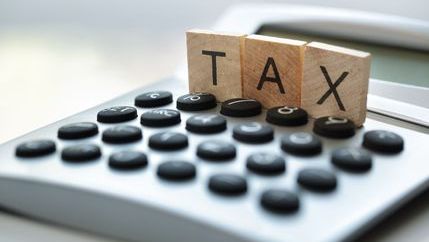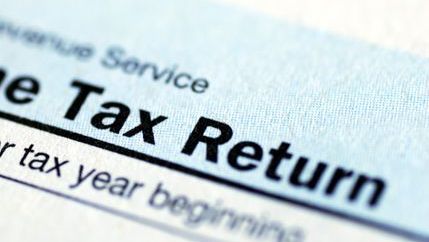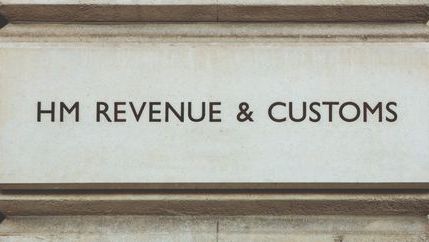
Making Tax Digital (MTD) for Income Tax Self-Assessment is part of plans to digitalise the tax system. It is intended to modernise the way self-employed individuals and landlords manage their tax affairs, and HMRC states that it will help avoid errors and get tax correct.
Businesses are already required to use MTD for VAT, and from April 2026 landlords with total income over £50,000, or their agents, will be legally required to keep digital records and send quarterly updates to HMRC using compatible software.
What the pilot involves
Taking part will involve using software compatible with MTD to keep digital records and submit quarterly updates. Those who are eligible will have the opportunity to get ahead of MTD changes with a small number of clients before it becomes mandatory and have access to a dedicated MTD customer support team at HMRC.
Each client will have an estimated tax calculation based on the quarterly information provided to help budget for tax. At the end of the year, any non-business information can be added and then tax affairs finalised using MTD-compatible software. This will replace the need for a Self-Assessment tax return.
Who is eligible?
Agents can sign up a client if they meet several criteria, including being a UK resident, having a National Insurance Number and having submitted at least one Self-Assessment tax return before.
Reasons for being ineligible for the pilot scheme include having income from a trust, a jointly owned property or a furnished holiday let.
Rollout of the service
Once the service is fully operational from April 2027, individuals registered for Self-Assessment with income of £30,000 or more from self-employment and/or property, or their agents, will be required to use MTD for Income Tax.






